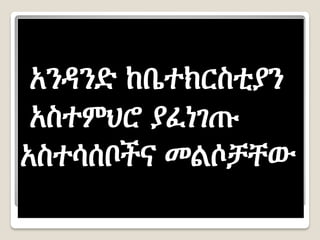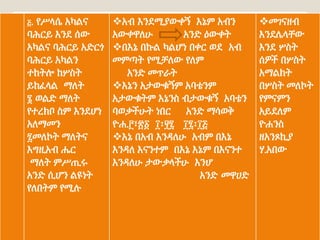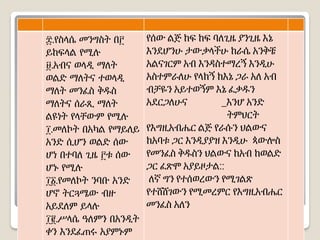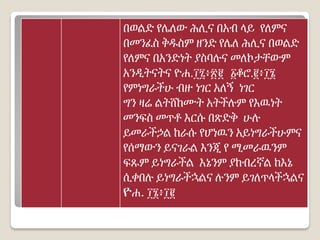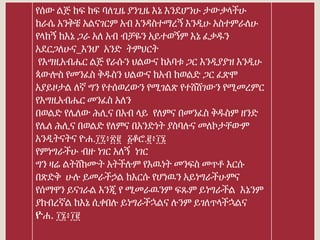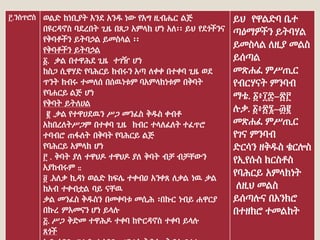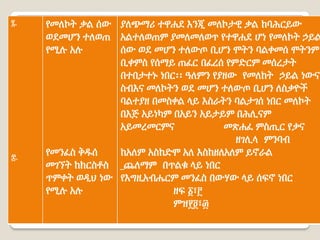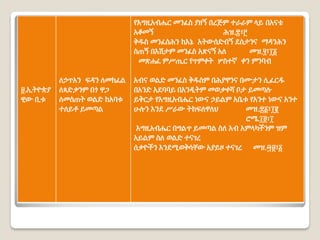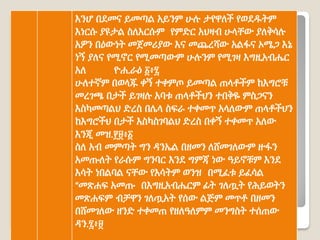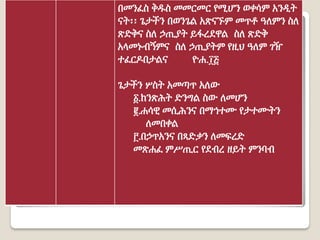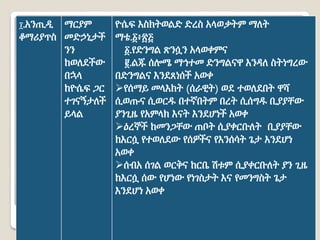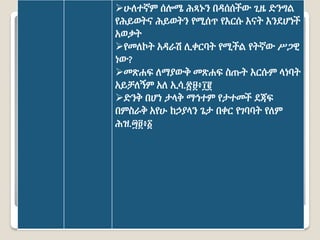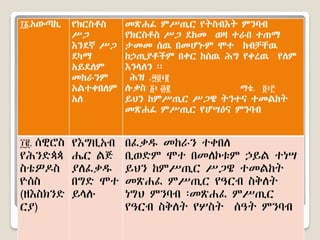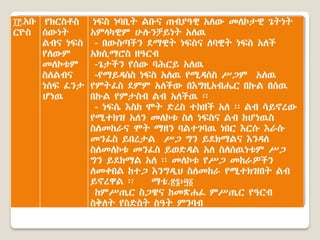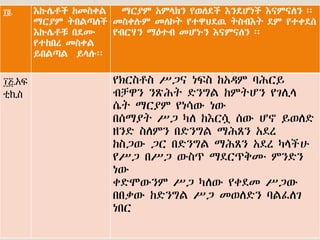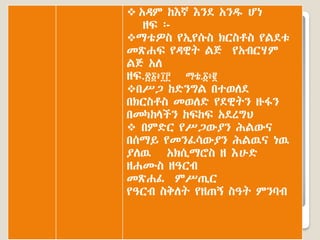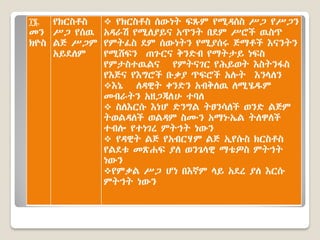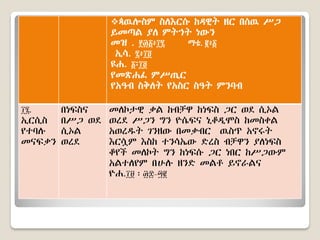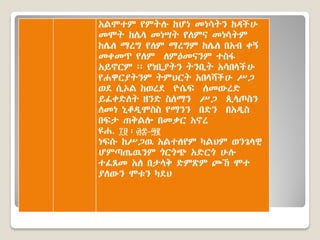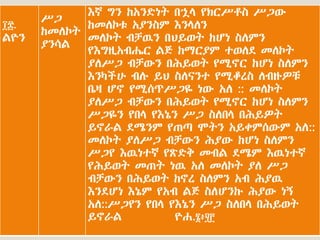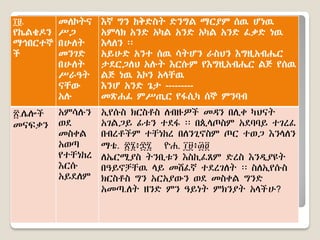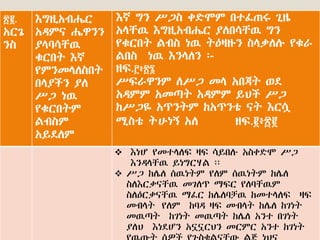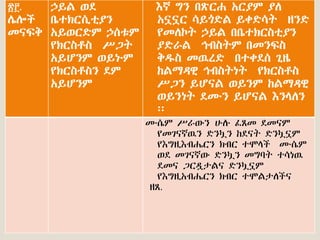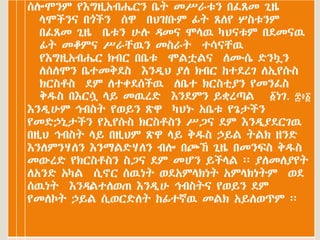- 1. ????? ????????? ?????? ????? ???????? ??????
- 2. ????????? ?????? ????? ???????? ?????? ????? ???? ???? ?????? ??? ?.??? ??? ?? ? ??? ??? ?? ??? ???? ?? ??? ???? ??? ??? ??? ??????? ????? Ī░??? ?????? ????????? ????? ? ?? ????? ?????? ???? ??? ??? ??????? ???? ????? ???? ??? ??? ?????? ?? ? ??? ?????? ?????? ??? ?? ???? ?? ??? ?? ??? ??? ??? ???? ???? ?? ??? ?? ?? ??? ???? ??? ????? ???? ????? ????? ??? ???? ?? ??? ???? ??? ???? ???
- 3. ?.??? ???? ????? ????? ?. ??? ???? ???? ???? ??? ???? ?.????? ??? ????? ????? ??? ?. ?? ??? ???? ??? ???????? ?????? ??? ???? ??? ?????? ????? ??? ?. ??? ???? ?????? ?? ?? ????? ???? ???? ??? ??? ????? ??? ?? ?? ??? ?? ?????? ?? ?????? ????????? ??? ??? ? ?? ??? ????? ?? ?? ?? ???? ???? ??? ? ????? ??? ?????? ?? ????? ???? ???? ????? ??? ??? ???? ?? ???? ????? ???? ????? ??? ?? ??? ?? ????? ??? ???? ?? ??? ?? ????? ???? ??? ?? ©C??? ???? ???? ????? ??? ???? ?????? ???????? ?????? ??? ???? ?????? ????? ???? ??????? ????? ?????? ?????? ??? ?? ?? ?????? ??? ????? ?? ???? ?????? ????? ??? ??? ??? ???? ???? ?????? ?? ?? ?????? ???? ? ???? ????
- 4. ?. ???? ???? ???? ??? ?? ???? ???? ???? ???? ???? ???? ???? ????? ??? ? ??? ??? ????? ?? ????? ????? ????? ???? ????? ?? ??? ???? ??? ??? ???? ????? ??? ??? ???????? ??? ??? ?????? ??? ???? ???? ??? ???? ??? ?? ?? ???? ????? ??? ??? ???? ???? ?????? ????? ?????? ???? ????? ???? ?????? ??? ??? ???? ??.???? ???? ????? ??? ??? ????? ??? ??? ???? ????? ??? ??? ????? ????? ?????? ??? ??? ???? ?????? ??????? ??? ??? ??? ???? ????? ???? ???? ????? ????? ???? ?????? ?.???
- 5. ?.???? ????? ?? ????? ??? ?.??? ??? ??? ??? ???? ???? ??? ???? ??? ???? ??? ??? ???? ????? ??? ?.???? ???? ????? ??? ??? ??? ?? ?? ???? ?? ?? ?? ?? ??? ??.????? ??? ??? ?? ????? ?? ????? ??? ??.??? ???? ????? ?? ?????? ????? ??? ?? ?? ?? ???? ???? ?? ?????? ?????? ??? ???? ?????? ?? ???????? ???? ??????? ???? ??? ?? ?? ?? ???? ?????? ?? ???? ??????? _??? ??? ????? ???????? ?? ???? ???? ???? ?? ?????? ???? ???? ????? ???? ???? ??? ???? ?? ??? ??????:: ?? ?? ??????? ????? ??????? ?????? ???????? ???? ???
- 6. ???? ???? ??? ??? ?? ???? ????? ???? ??? ??? ??? ???? ???? ?????? ????? ??????? ??????? ??.????? ???.???? ??????? ?? ??? ??? ??? ?? ?? ?????? ????? ????? ???? ??? ??? ???? ?? ?????? ??? ????? ????????? ????? ????? ??? ? ?????? ??? ?????? ???? ?????? ??? ???? ???????? ??? ????????? ??. ?????
- 7. ??? ?? ?? ?? ???? ???? ?? ?????? ?????? ??? ???? ?????? ?? ???????? ???? ??????? ???? ??? ?? ?? ?? ???? ?????? ?? ???? ???????_??? ??? ????? ???????? ?? ???? ???? ???? ?? ?????? ???? ???? ????? ???? ???? ??? ???? ?? ??? ?????? ?? ?? ??????? ????? ??????? ?????? ???????? ???? ??? ???? ???? ??? ??? ?? ???? ????? ???? ??? ??? ??? ???? ???? ?????? ????? ??????? ??????? ??.????? ???.???? ??????? ?? ??? ??? ??? ?? ?? ?????? ????? ????? ???? ??? ??? ???? ?? ?????? ???? ????? ????????? ????? ????? ??? ? ?????? ??? ?????? ???? ?????? ??? ???? ???????? ??? ????????? ??. ?????
- 8. ?.????? ??? ????? ??? ??? ?? ??? ???? ?? ?????? ????? ?? ??? ???? ?? ???? ?? ?????? ?????? ????? ????? ?? ?????? ????? ?. ?? ????? ?? ??? ?? ??? ???? ????? ???? ?? ??? ???? ?? ?? ??? ??? ???? ?????? ???????? ???? ????? ?? ?? ???? ????? ? .?? ??????? ?? ???? ??? ??? ????????? ???? ?? ??? ?????? ???? ???? ???? ???? ????? ?? ????? ???? ?? ? . ??? ?? ???? ???? ?? ??? ?? ????? ?????? :: ? .??? ??? ??? ??? ???? ???? ??? ?? ?? ??? ????? ?? ??? ?? ???? ???? ????? ??? ???? ??? ???? ??? ????? ?? ??? ?. ?? ??? ???? ??? ?????? ??? ??? ??? ?? ????? ?? ?????? ????? ????? ??? ??? ???? ???? ???? ?????? ???? ??. ????©C?? ??. ????©C?? ???? ???? ??? ???? ???? ???? ???? ????? ????? ????? ?????? ??? ??? ????? ????? ????? ?????
- 9. ?. ???? ?.??? ? ?.????? ????? ??? ?? ?? ???????? ?? ???? ????? ????? ??? ?? ????? ????? ??? ??? ???? ???????? ???? ???? ???? ???? ????? ??? ?????? ???? ??? ?????? ????? ???? ?? ????? ???? ???? ????? ?????? ??? ?????? ???? ??? ????? ??? ???? ????? ?? ?? ??.???? ???? ???? ???? ???? ???? ???? ??? ????? ?????? ??? ???? ???? ??? ???? ???????? ????? ???? ????? ??? ????? ??.???? ?? ???? ???? ???? ???? ???? ??? ????? ???? ???? ??? ????? ??? ??? ??? ????? -??? ?? ??? ?? ?? ?? ???? - ?? ?? ??? ?? ??? ?? ??? ?? ??.?? ??? ???? ???? ???? ?????? ?? ??? ?? ????? ?? ??? ????? ????? ??? ???? ???? ???? ????? ????
- 10. ? ?. ?. ????? ?? ?? ????? ???? ??? ?? ????? ??? ???? ?????? ???? ??? ?? ??? ?? ????? ???? ??? ????? ?? ?????? ??????? ??????? ????? ?? ????? ??? ?? ?? ??? ???? ??? ??? ????? ???? ???? ???? ??? ???? ????? ????? ?????? ????? ???? ???? ????? ??? ??? ???? ????? ?? ??? ???? ??? ????? ????? ????? ?? ????? ????? ??? ???? ??? ????? ???? ????? ????? ???????? ???? ???? ??? ???? ???? ???? ????? ?? ???????? ???? _???? ???? ?? ??? ????????? ???? ???? ?? ??? ??? ?? ??? ??????
- 11. ?.????? ?? ?? ????? ??? ????? ?????? ?? ?? ????? ??? ???? ???? ???? ???????? ???? ??? ???? ???? ?? ???? ???? ??.??? ??? ?????? ??? ??????? ????? ????? ??? ????? ???? ???? ?? ??.???? ???? ???? ????? ???? ?? ???? ??? ??? ???? ???? ?????? ???? ???? ???? ????? ?????? ????? ?? ???? ???? ???????? ??? ???? ??? ???? ??? ??? ??? ??? ??? ??????? ??.????? ??.???? ??????? ???? ???? ?? ?? ??????? ?? ???? ?? ??? ???? ????? ????????? ???? ???? ??.????
- 12. ??? ???? ???? ???? ?? ????? ?????? ???? ???? ?????? ???? ???? ???? ????? ??? ????? ?????? ?? ????? ???? ??? ?? ?? ??? ???? ?????? ???? ???? ??????? ?? ??.?? ??? ????? ???? ?? ???? ???? ????? ????? ???? ??? ???? ??? ?????? ???? ????? ??????? ??? ??? ??? ???? ????? ?????? ?????? ??? ???????? ??? ??? ???? ??? ??? ??.???? ?? ?? ???? ?? ???? ???? ??????? ??? ????? ???? ???? ??? ??? ?? ????? ??? ??? ????? ??? ????? ??? ???? ???? Ī░???? ??? ????????? ?? ???? ?????? ????? ???? ????? ??? ??? ??? ???? ?????? ??? ???? ??????? ????? ???? ??.???
- 13. ????? ??? ????? ???? ???? ???? ???? ???? ????? ????? ??? ???? ?? ???? ?? ???? ?????? ?? ??? ???????? ?? ????? ??? ??? ?? ???????? ??.?? ???? ??? ???? ??? ?.????? ???? ?? ???? ?.??? ????? ????? ?????? ????? ?.?????? ????? ????? ???? ???? ???? ??? ????
- 14. ?.???? ?????? ???? ?????? ?? ?????? ??? ???? ?? ??????? ??? ??? ??????? ??? ?????? ??? ??.???? ?.????? ???? ?????? ?.?? ??? ???? ?????? ???? ?????? ?????? ??????? ??? ????? ????? (????) ?? ?????? ?? ???? ???? ?????? ??? ???? ????? ???? ????? ??? ?????? ??? ????? ?????? ??? ??????? ????? ???? ?????? ????? ?????? ?? ????? ??? ???? ??? ???? ??? ??? ??????? ?? ?? ???? ?? ???? ?????? ?? ?????? ?? ????? ???
- 15. ?????? ??? ???? ?????? ?? ???? ?????? ????? ???? ???? ??? ?????? ???? ?????? ???? ????? ???? ???? ??? ??? ????? ????? ???? ??? ???? ???? ?????? ?? ??.????? ???? ??? ??? ???? ????? ??? ????? ??? ????? ?? ??? ????? ??? ??.????
- 16. ??.???? ?????? ?? ???? ?? ??? ????? ????? ??????? ?? ???? ???? ?????? ???? ?????? ?? ??? ?? ??? ??? ??? ?? ????? ?? ????? ??????? ??? ??? ?? ???? ??? ????? ?? ?? .???? ??? ?? ?? ??. ??? ??? ????? ??? ???? ????? ???? ???? ????? ???? ??. ???? ?????? ????? ??? (?????? ??) ?????? ?? ?? ????? ??? ?? ??? ???? ???? ???? ???? ?? ?????? ??? ??? ??? ????? ??? ????? ???? ???? ???? ???? ??? ???? ????? ???? ???? ???? ???? ??? ????
- 17. ??.?? ??? ?????? ???? ??? ??? ???? ????? ????? ??? ??? ??? ??? ???? ??? ????? ??? ????? ???? ?????? ??????? ??? - ?????? ???? ???? ???? ??? ??? ?????? ???? -???? ??? ???? ??? -?????? ??? ??? ????? ??? ??? ????? ??? ???? ???????? ??? ??? ??? ????? ?? ???? ?? - ??? ??? ?? ??? ???? ?? ?? ?? ????? ????? ??? ???? ?? ???? ?? ????? ?????? ?? ??? ?????? ??? ??? ??? ???? ????? ?? ?? ?????? ???? ?????? ???? ????? ?? ??????? ?? ?? ????? ?? ?? ???? ??? ?????? ????? ??? ????? ????? ??????? ?? ????? ?? ??.????? ????? ???? ????? ???? ???? ???? ????? ??? ????
- 18. ??. ????? ????? ???? ?????? ????? ??? ????? ???? ????? ????? ???? ????? ????? ?????? ?????? ?? ????? ???? ?????? ????? ?? ????? ????? ???? ???? ?????? ?? ??.?? ??? ?????? ??? ??? ???? ???? ???? ???? ???? ????? ???? ?? ???? ???? ?? ????? ?? ?? ???? ?? ?? ???? ??? ???? ????? ???? ??? ???? ?? ????? ???? ??? ???? ??? ??? ??? ?????? ???? ?? ?????? ?? ??? ???? ??? ???? ????? ?? ????? ????? ???
- 19. ? ??? ??? ??? ??? ?? ?? ?- ????? ????? ????? ???? ???? ???? ?? ?????? ?? ?? ??.????? ??.??? ???? ????? ????? ?????? ???? ????? ??? ??????? ???? ????? ? ???? ?????? ???? ???? ???????? ???? ?? ??? ?????? ? ??? ???? ???? ???? ???? ???? ???? ???? ??? ????
- 20. ??. ?? ??? ?????? ?? ??? ?? ??? ????? ? ?????? ???? ??? ????? ?? ???? ???? ?????? ???? ??? ??? ??? ????? ?? ????? ????? ???? ????? ????? ???? ???? ????? ??? ???????? ?????? ????? ?????? ???? ????? ??? ???? ??? ????? ??? ???? ???? ????? ????? ????? ?????? ??? ? ????? ??? ???? ?????? ??? ??? ?????? ???? ??? ????? ????? ??? ????? ???? ??? ? ???? ?? ?????? ?? ???? ????? ???? ???? ?? ????? ???? ???? ??? ????? ?? ?? ???? ?? ??? ?? ??? ???? ???
- 21. ?????? ????? ???? ?? ??? ?? ???? ?? ???? ??? ?? . ?????? ??. ??? ??. ???? ??. ???? ????? ???? ???? ???? ???? ??? ???? ??. ???? ???? ????? ????? ??? ?? ??? ??? ????? ?? ???? ???? ?? ?? ??? ??? ??? ?? ???? ????? ????? ????? ???? ????? ??? ???? ???? ??? ????? ??? ???? ????? ??? ???? ?? ???? ?? ??? ????? ?????? ??? ??? ??? ????? ??.?? ? ?????
- 22. ????? ???? ??? ????? ???? ??? ??? ???? ???? ????? ??? ??? ??? ???? ??? ??? ?? ???? ??? ??????? ??? ????? ?? ?????? ???? ?????? ???????? ????? ?????? ?? ?? ??? ???? ??? ????? ?????? ??? ???? ?? ????? ??? ?????? ???? ??? ???? ??? ???? ???? ??? ??. ?? ? ????? ??? ???? ?????? ???? ????? ??????? ???? ???? ?? ???? ?? ???? ???? ?? ?? ???? ??? ???
- 23. ? ??? ???? ??? ??? ?? ???????? ???? ?????? ?????????? ???? ???? ????? ????? ?? ??? ???? ?? ?? ???? ??????? ???? ?? ?? ??? ??????? ????? ?? ?? ?? ??? ????? ???? ??? ??? ?? ????? ?? ??? ??? ???????? ???? ??? ????? ????? ???? ?? ???? ??? ??? ??? ??? ????? ?????? ?? ???? ???? ???? ???? ???? ???? ?? ???? ?? ?? ?????? ??? ?????? ??? ????? ????? ?????
- 24. ??. ??? ?? ????? ???? ?? ?? ?????? ??? ?????? ??? ????? ????? ????? ???? ???? ????? ??? ???? ???????? ?? ????? ???? ???? ???? ???? ????? ???? ??? ???? ????? ?? ?? ????? ????? ????? ?? ?? ??????? ?? ?? :: ???? ???? ???? ????? ???? ??? ???? ???? ??? ???? ?? ???? ????? ???? ???? ??? ??? ??????? ??:: ???? ???? ???? ??? ??? ???? ??? ????? ???? ??? ??? ????? ????? ??? ?? ?? ???? ?? ?? ???? ????? ??? ???? ?? ??? ????? ??? ??? ?? ????? ??? ?? ??::???? ??? ???? ?? ???? ????? ???? ??.????
- 25. ??. ?????? ?????? ? ????? ?? ???? ???? ???? ???? ??? ?? ?? ?? ????? ???? ???? ?? ??? ???? ??? ??? ??? ??? ??? ??? ?? ???? ?? ???? ??? ?? ???? ???? ??????? ?????? ??? ???? ???????? ?? ??? ?? ?? ??? ???? ??? ??? ?? --------- ???? ???? ???? ?? ???? ?.??? ????? ????? ?? ???? ??? ?????? ??? ????? ???? ????? ????? ??? ??? ???? ????? ??? ??? ?? ?????? ????? ???? ?????? ????? ??????? ?? ??? ????? ??. ????? ??. ????? ?????? ????? ?????? ??? ?????? ??????? ?? ???? ?????? ?? ?????? ????? ?? ?????? ?? ???? ??? ???.?? ??? ?? ???? ????? ?????
- 26. ? ?????? ?? ??????? ????? ??? ??? ?? ????? ???? ??? ?? ???? ??? ??? ????? ???????? ??? ?? ??? ? ????? ?? ????? ???? ?? ????? ?? ????? ????? ?? ??? ?? ??? ? ???????? ?? ????? ??? ?? ????? ?? ???? ? ????? ??? ????? ?? ???? ???? ?? ?? ????? ?????? ? ?????? ???? ?????? ????? ???? ??? ?? ????? ? ??? ???? ???? ?? ?? ???? ?? ???? ???? ???? ?? ??? ?? ??? ?? ???? ? ???? ?? ??? ???????? ?? ??? ?? ?????? ??? ??? ??? ??? ? ??? ???????? ?? ??? ????? ?? ???? ???? ???? ???? ????
- 27. ?? . ??? ????? ???? ???????? ????? ??? ??? ???????? ?????? ??? ????? ??????? ???? ????? ??? ? ?????? ??? ???? ???? ?? ????? ?? ??? ???? ???? ????? ????? ???????? ???? ???? ????? ??? ??? ???? ????? ???? ?? ? ???? ?? ?? ?? ???? ????? ?????? ??? ???? ?????? ??? ?? ?? ??? ?????? ?? ???? ???? ?? ?? ???? ?? ???? ???? ?? ?? ???? ?????? ???????? ??? ???? ??? ?? ???? ?? ???????? ?????? ??????? ???? ?????? ???? ?????? ???? ????? ?????? ???? ???? ?? ??? ????? ?? ???? ???? ??? ??? ?????? ???? ?? ??? ????? ????? ??????? ???????? ????? ????? ????? ???? ????? ?????? ????? ???? ???? ???? ??? ????
- 28. ??. ??? ?? ??????? ???? ???? ?????? ???? ?? ????????? ????? ?? ?? ?? ?????? ???? ????? ?? ?? ??? ???? ????? ?? ???? ??????? ?????? ?? ????? ??? ?? ????? ????? ??? ??? ?? ????? ?- ??.???? ?????? ??? ?? ???? ?? ???? ???? ???? ??? ?? ???? ????? ????? ?? ??? ??? ???? ?? ??.???? ? ??? ?????? ?? ???? ????? ?? ?????? ?????? ?? ? ?? ??? ????? ??? ????? ??? ???????? ???? ??? ?????? ???????? ??? ?????? ?????? ?? ???? ??? ??? ?? ???? ??? ???? ???? ???? ???? ??? ??? ???? ??? ????? ?????? ???? ??? ????
- 29. ??. ??? ???? ??? ?? ???????? ?????? ???? ?????? ??? ????? ???? ??????? ?? ????? ?? ?? ???? ???? ?? ???? ????? ????? ??? ????? ??? ????????? ???? ????? ????? ??? ???? ????? ?? ????? ?????? ?????? ??? ???? ???? ????? ????? ??? ???? ????? ?? ??? ???? ?? ??? ???? ??????? ???? ???? ????? ????????? ??? ???? ??? ?? ????? ???? ???? ???? ??? ?????? ????? ????????? ??? ??????? ??.
- 30. ????? ????????? ?? ????? ???? ?? ????? ???? ?? ????? ?? ??? ????? ???? ?? ??? ?? ??? ??? ????? ????? ?? ???? ????? ???? ????? ???????? ??? ??? ????? ??? ???? ????? ?????? ???? ?? ??? ????? ????? ????? ?? ??????? ??? ?????? ????? ??? ???? ?? ???? ????? ????? ???. ??? ????? ???? ???? ?? ??? ??? ????? ???????? ????? ?????? ??? ?? ???????? ??? ???? ?? ???? ?? ?? ??? ??? ??? ??? ???????? ???????? ?? ??? ?? ????? ??? ???? ??????? ??? ?? ??? ???? ?? ??????? ???? ??? ??? ???? ???????? ??????? ?? ???? ???????? ???? ????? ???? ?? ????? ??? ?????? ????? ??? ?????? ??
- 31. ????? ????????
